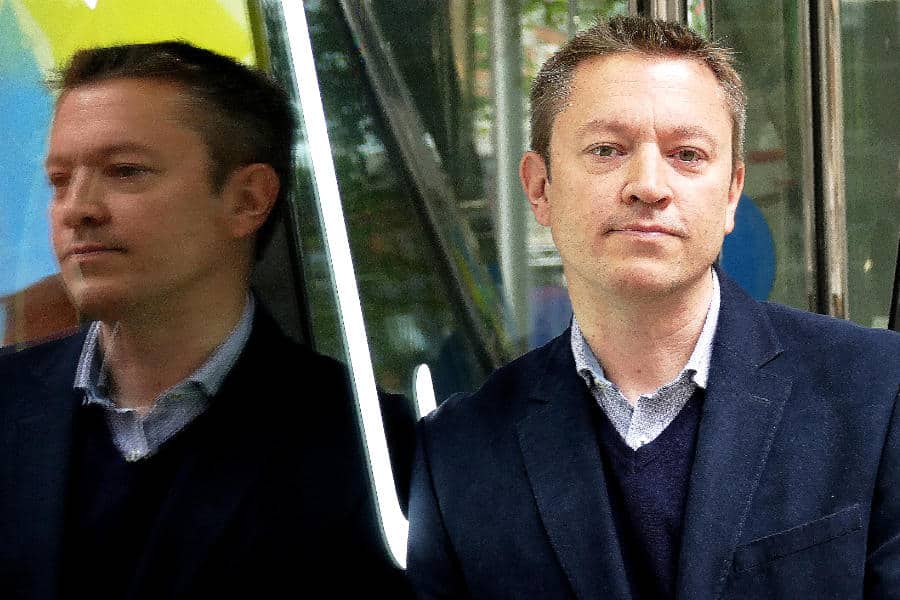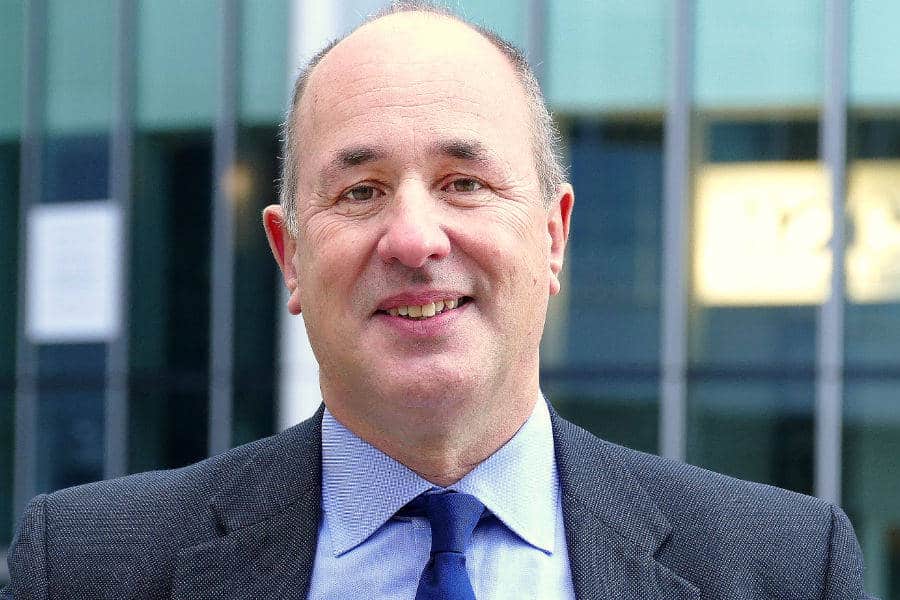key themes include T+1, tech budget, talent acquisition, and research re-bundling.
This article first appeared on Best Execution, a Markets Media Group publication.
Senior buy-side traders tell BEST EXECUTION their top themes of 2023, and their key priorities for the coming year. Top of mind = T+1, tech budget, talent acquisition, research rebundling, MiFID reforms, T+1, T+1, T+1…
Valérie Noël, global head of trading, Syz Group

Looking ahead to 2024, several priorities, objectives, concerns, and focus points emerge:
A key concern is market liquidity, particularly for mid-small cap stocks and emerging market bonds. The challenge is always to find liquidity when executing large trades without significantly impacting the market price.
The shift in the settlement cycle from T+2 to T+1 brings various implications, especially in terms of treasury management, foreign exchange (FX) operations, and overall operational readiness. This change requires significant adjustments in transaction processing.
Also in the spotlight is the proposed reform of MiFID II, which aims to reverse the ban on providing free research to clients. This would allow brokers to reintegrate the costs of analysis and execution. The proposal is timely as the US is poised to align with MiFID regulations, indicating a potential shift in the regulatory landscape that trading desks need to prepare for.
Continued expansion into digital asset offerings remains a priority. Following the offering of direct exposure to underlying digital assets, there’s an ongoing effort to tokenize assets, such as art pieces, to provide innovative investment opportunities. For example, tokenizing an artwork to distribute tokens to collaborators as a Christmas gift illustrates this innovative approach. Close attention to regulations in the United States is crucial, even though the framework in Switzerland is well-defined, due to the rapidly evolving nature of digital asset regulations globally.
A significant point for 2024 is the need to remain at the cutting edge of technology, despite increasingly challenging budget constraints. This involves finding innovative ways to leverage technology for better market analysis, risk management, and trading efficiency, all while managing tighter financial resources. Keeping abreast of technological advancements is crucial in maintaining a competitive edge in the rapidly evolving financial markets.
To summarize, the focus for 2024 includes navigating market liquidity concerns, adapting to faster settlement cycles, staying ahead of regulatory changes, expanding into the digital asset space, and remaining technologically advanced despite budgetary limitations.
Ed Wicks, head of trading, Legal & General Investment Management

Looking ahead to 2024, I anticipate a very eventful year.
There will doubtless be a big focus on the numerous elections taking place, with a significant percentage of the global population going to the polls next year. How they might impact markets, coupled with interpreting central bank intentions and commentary will continue to remain vital as we navigate 2024.
I will also be keeping a close eye on the market events we already know about, such as the proposed move to T+1 in US and the inclusion of India in the JP Morgan bond indices. Both are hugely relevant to our business, and we will be planning carefully to ensure we minimise risk.
From an internal perspective, I expect a lot of time will be spent on continuing to evolve our technology. At a firm level we are part way through a significant programme to update our global operating model. This includes migrating our trading teams in HK, London, and Chicago onto the CRIMS (Charles River Investment Management Solution) platform. It is a significant amount of work, but it brings new opportunities to our global trading desks.
Other priorities for 2024 include; ensuring we continue to grow our fixed income trading footprint in Asia, a region that is a strategic priority for the firm, continuing to invest in our OTC derivative trading capabilities globally to facilitate PRT related trading activity, and evaluating our securities financing capabilities.
Finally from a people perspective, I am planning to introduce a new entry level trading programme at LGIM next year. Bringing new and diverse skill sets into the team is incredibly important and we are constantly thinking of new ways to identify talent.
Glen Pattison, head of EMEA equities trading, Janus Henderson

The biggest challenge for us this year from a trading perspective has largely stemmed from forces we as traders have had little control over. Navigating an environment that has been largely macro driven and fraught with unabated geopolitical risks has proved challenging. However, the evolution of our toolset coupled with the forging of deeper routed relationships across the street has and will continue to help us mitigate the challenges present to many in the marketplace.
Looking ahead to next year, we remain vigilant of the operational factors at large, whether these stem from increased fragmentation across mechanisms, continued divergence between regulators or the impact of shortened settlement cycles. However, at the forefront of our minds is a philosophy that drives a persistent focus towards enhancement. Through a vertical integration of the investment process and a quantification of the data collected, we seek to continually optimise the tools we utilise and the execution results we produce.
Stuart Lawrence, head of UK equity trading, UBS Asset Management

2023 was a challenging year for the industry, dominated by the difficult adjustment to the new realities of global central bank policies and a poor liquidity landscape. Geopolitical problems continued to shape the political narrative, further muddying the outlook.
Following the fastest increase in 40 years, it is generally presumed interest rates have now peaked and markets are now pricing in reductions. These cuts will become more likely if the macro environment worsens but we must be cognisant that inflation may prove stickier than people expect or hope.
The US move to T+1 in May will likely expedite the T+1 conversation in the UK and Europe and in the year ahead we should expect clarity from regulators on when, not if, their markets will make a similar change. It will be interesting to see whether the move will be done simultaneously or if the UK moves first. Global alignment on T+1 would be very welcome.
Policy divergence or convergence between the UK and EU will also be in focus in 2024, with their respective MiFID II reviews expected. In the much-needed strive to make the European equity markets more attractive, it will be important to get clarity on what policy changes each regulator will recommend. The hope is these will improve the region’s competitiveness and appeal.
Another key topic for 2024 will be the rebundling of research payments. We are expecting the UK regulator to publish its consultation papers in Q1, with the EU following later in the year. Should this be agreed, then legislative change could follow soon afterwards. This seems the direction of travel but the exact details of the revisions will need to be seen before the impact can be quantified.
Joe Collery, head of trading, Comgest

Our biggest challenge in 2023 was hiring junior traders.
In 2024, our priority is an upgrade of current systems to keep up with the speed of innovation.
My biggest concern is the European liquidity landscape and the increase in US listings, and my focus points will be TCA and added value for the portfolio managers.
Eric Heleine, head of the trading desk, Groupama Asset Management

The challenges of 2023 were a combination of factors aimed at achieving a single objective shared by the entire buyside community: how to create short-term alpha or minimize the implicit cost of execution to offer capability, operability, and especially a value-added service for management teams? In a world of volatility where access to liquidity can be multifaceted, constructing an execution ecosystem where the trader’s value is maximized is fundamental. This optimization involves a hybridization of execution processes between automation and complex executions.
We can talk about trading by exception where the trader’s expertise forms the basis to design automation rules, freeing up their time to focus on more complex operations where liquidity search is essential. 2023 has enriched this approach through the deployment of connectivity with new liquidity providers, the continuous investment of the sell-side in their algorithmic capabilities, and the scalability that EMSs allow to implement smart routing in a waterfall format. The difficulty we still encounter lies in the very fine analysis of the performance of different actors and how to construct analysis tools that normalize their evaluation without introducing sampling bias related to our own investment biases. Another challenge lies in the ability to retain resources in a more open market and to bring more diversity of profiles within the teams.
In 2024, the integration and exploitation of AI in equity trading represents a major strategic challenge, far beyond the buzzword status it held in 2023. This requires advanced technical skills, a deep understanding of the markets, and the ability to evaluate the impact of new technologies. A key question arises regarding an asset manager’s ability to train teams, manage associated risks, and provide adequate human and technological resources. It’s a real race against time, also raising the question of the capacity to perform and the critical size a trading desk must have to train, supervise, and deploy these new tools. This challenge brings into focus the issue of available data and the volume necessary to achieve the desired objectives. Thus, we can expect to see the emergence of outsourcing solutions or partnerships to accelerate the learning curve. The key to success lies in a balanced approach that combines technical expertise, business strategy, and continuous innovation. This relies on an articulation and coordination between our EMS, various market participants providing liquidity, and internal competence to construct an operational workflow.
Adam Conn, head of trading, Baillie Gifford

T+1, T+1, T+1.
©Markets Media Europe 2023
